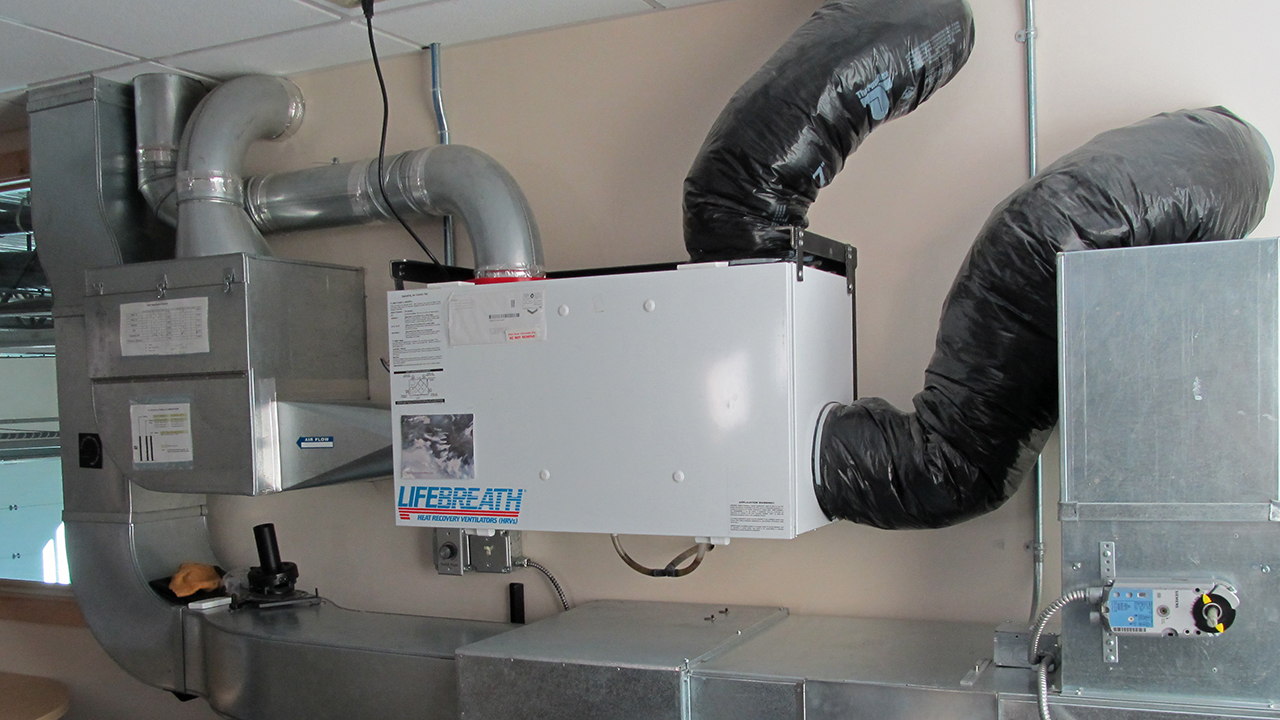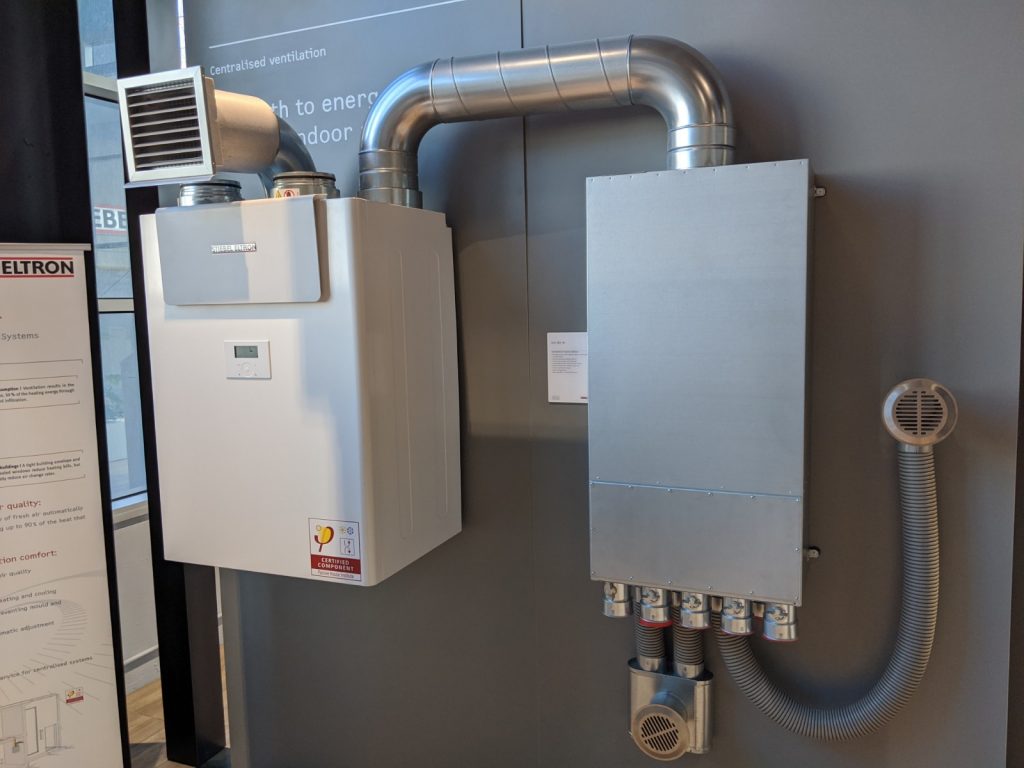How to Save Money with HRV in Cold Climates
The All-Inclusive Guide to the Uses of Heat Recovery Ventilation in Modern Buildings
Heat Recovery Ventilation (HRV) systems stand for a substantial improvement in building innovation (HRV Heat Recovery Ventilation). They offer an approach for trading stale interior air with fresh outside air while lessening power loss. This technique not only enhances interior air high quality however likewise adds to power effectiveness in both property and business structures. Understanding the numerous applications and benefits of HRV can disclose its crucial duty in modern-day style and sustainability efforts. The effects of this innovation are worth checking out even more
Recognizing Heat Recovery Ventilation Solutions

Although several modern buildings prioritize energy efficiency, recognizing heat healing ventilation (HRV) systems is crucial for optimizing interior air top quality and decreasing power consumption. HRV systems work by transferring warm from stale interior air to incoming fresh air, efficiently keeping comfy indoor temperatures while reducing power loss. These systems include a heat exchanger, followers, and ductwork that help with the circulation of air. During winter months, HRV systems catch and reuse warmth from the outbound air, while in summer season, they can assist cool down inbound air. By constantly trading air, HRV systems also lower moisture and the focus of interior contaminants. Proper installment and maintenance of HRV systems are crucial for their performance and performance in enhancing overall structure performance and convenience.
Advantages of Heat Recovery Ventilation
Heat recovery ventilation systems provide many benefits that boost both energy efficiency and indoor air high quality in contemporary buildings. By capturing and reusing power from exhaust air, these systems substantially lower cooling and heating costs, leading to reduced power intake. They maintain a constant flow of fresh outdoor air, reducing the danger of interior air toxins and allergens. This continuous exchange aids control humidity levels, stopping mold development and making certain a healthier living environment. In addition, HRV systems contribute to sustainability objectives by lowering total carbon footprints. Their capability to maximize ventilation without sacrificing thermal convenience makes them a beneficial addition to contemporary building layout, advertising both economic and eco-friendly benefits.
Applications of HRV in Residential Buildings
As home owners increasingly prioritize energy effectiveness and interior air high quality, the applications of warm recovery air flow (HRV) systems in domestic buildings have actually become more widespread. HRV systems are particularly advantageous in tightly secured homes, where preserving fresh air flow is essential for avoiding dampness accumulation and indoor toxins. They effectively transfer warmth from outward bound stale air to incoming fresh air, lowering these details power prices related to heating & cooling. Furthermore, HRVs can improve convenience degrees by controling moisture and temperature. They are additionally versatile for numerous residential styles, consisting of single-family homes and multi-unit buildings. In general, incorporating HRV systems sustains lasting living methods while guaranteeing a healthier indoor environment for residents.
HRV in Industrial and Commercial Setups
In commercial and industrial settings, the implementation of warm recovery air flow (HRV) systems has actually become significantly essential for optimizing power effectiveness and maintaining air top quality. These systems effectively move warmth from exhaust air to incoming fresh air, reducing the requirement for added home heating or air conditioning. This not only lowers energy prices yet likewise contributes to sustainability efforts. Industries such as production, warehousing, and office complex benefit greatly from HRV systems, as they aid control temperature and humidity levels, making sure a comfortable and effective atmosphere. Moreover, HRV systems help in eliminating impurities and excess wetness, improving indoor air quality. As laws around air quality end up being stricter, the fostering of HRV technology is most likely to expand, making it a critical part of contemporary commercial and Look At This commercial facilities.
Future Trends in Heat Recovery Ventilation Innovation

Regularly Asked Concerns
How Does Heat Recovery Ventilation Influence Indoor Air Top Quality?
Heat recovery ventilation go right here significantly boosts indoor air high quality by continuously exchanging stale indoor air with fresh exterior air while recuperating power. This process minimizes contaminants, maintains perfect moisture levels, and assures a healthier atmosphere for occupants.
Can HRV Systems Be Set Up in Existing Buildings?
HRV systems can indeed be mounted in existing structures. Retrofitting may call for adjustments to ductwork and ventilation layouts, yet it substantially improves power efficiency and interior air high quality, making it a practical alternative for older frameworks.
What Upkeep Is Required for HRV Solutions?

Are There Certain Climates Where HRV Is Much More Efficient?
Heat recovery ventilation systems are specifically effective in climates with significant temperature level differences between periods. These systems enhance power performance by recovering warmth from exhaust air, making them perfect for both cold and moderately cozy settings.
Exactly How Do HRV Solutions Affect Power Costs?
